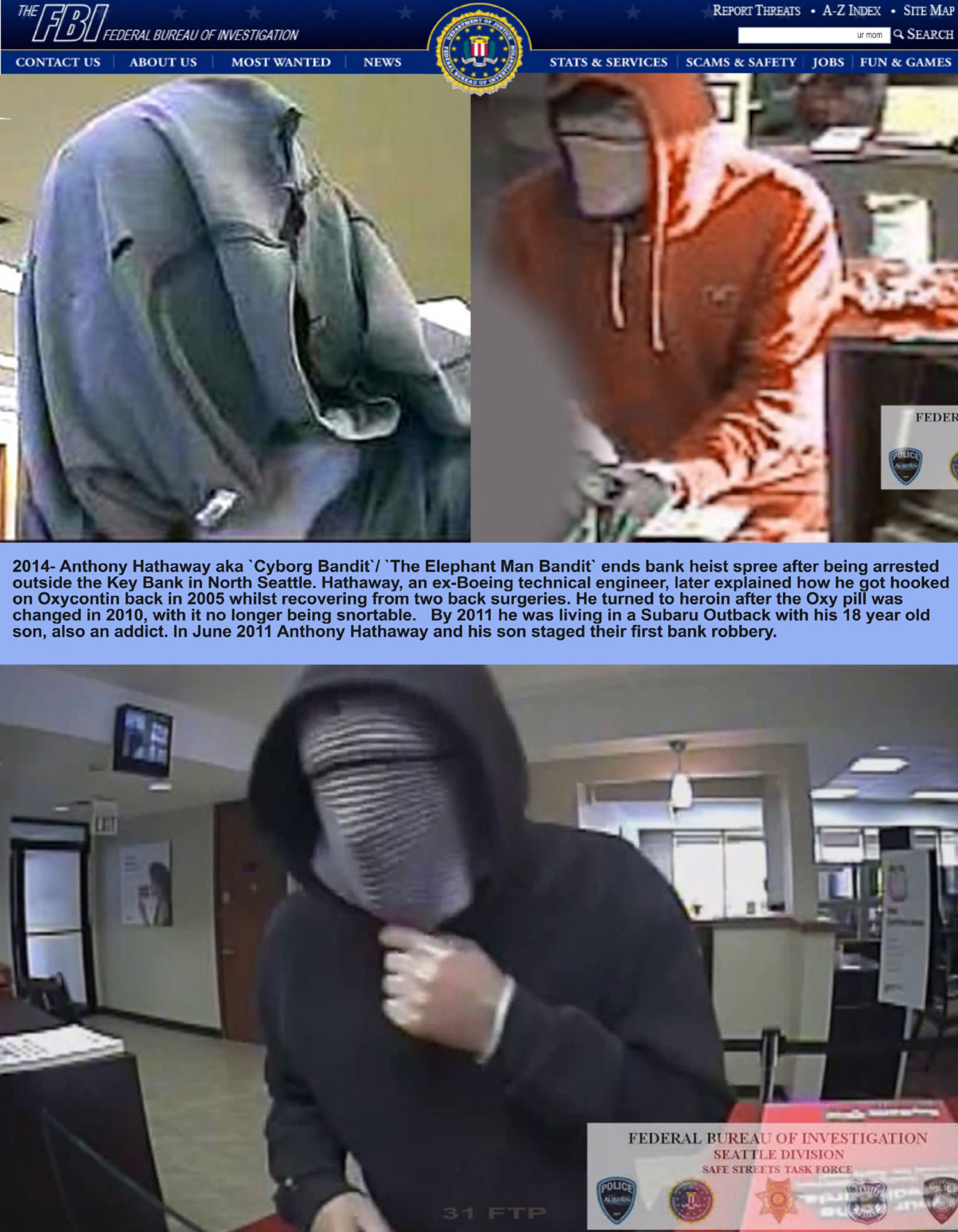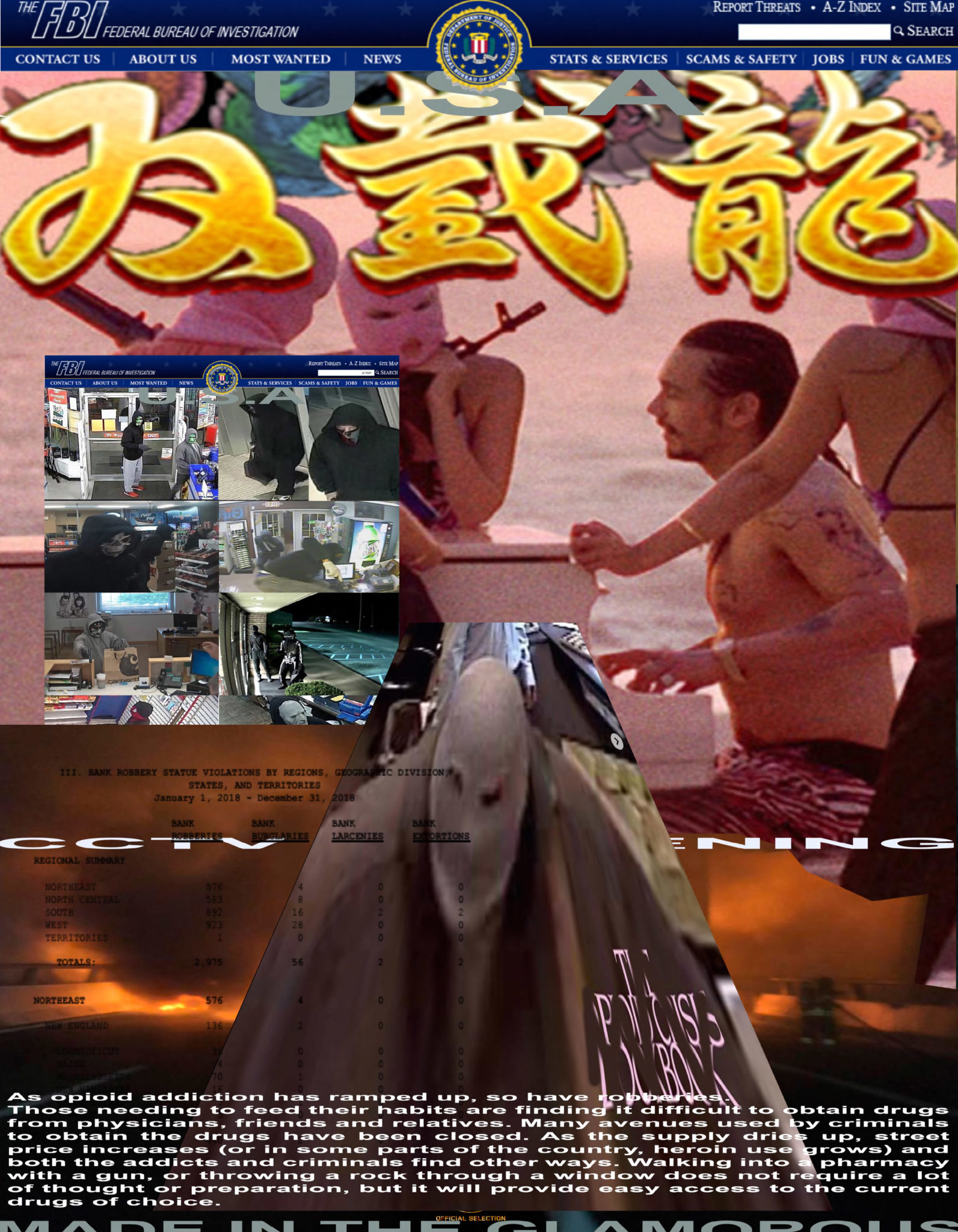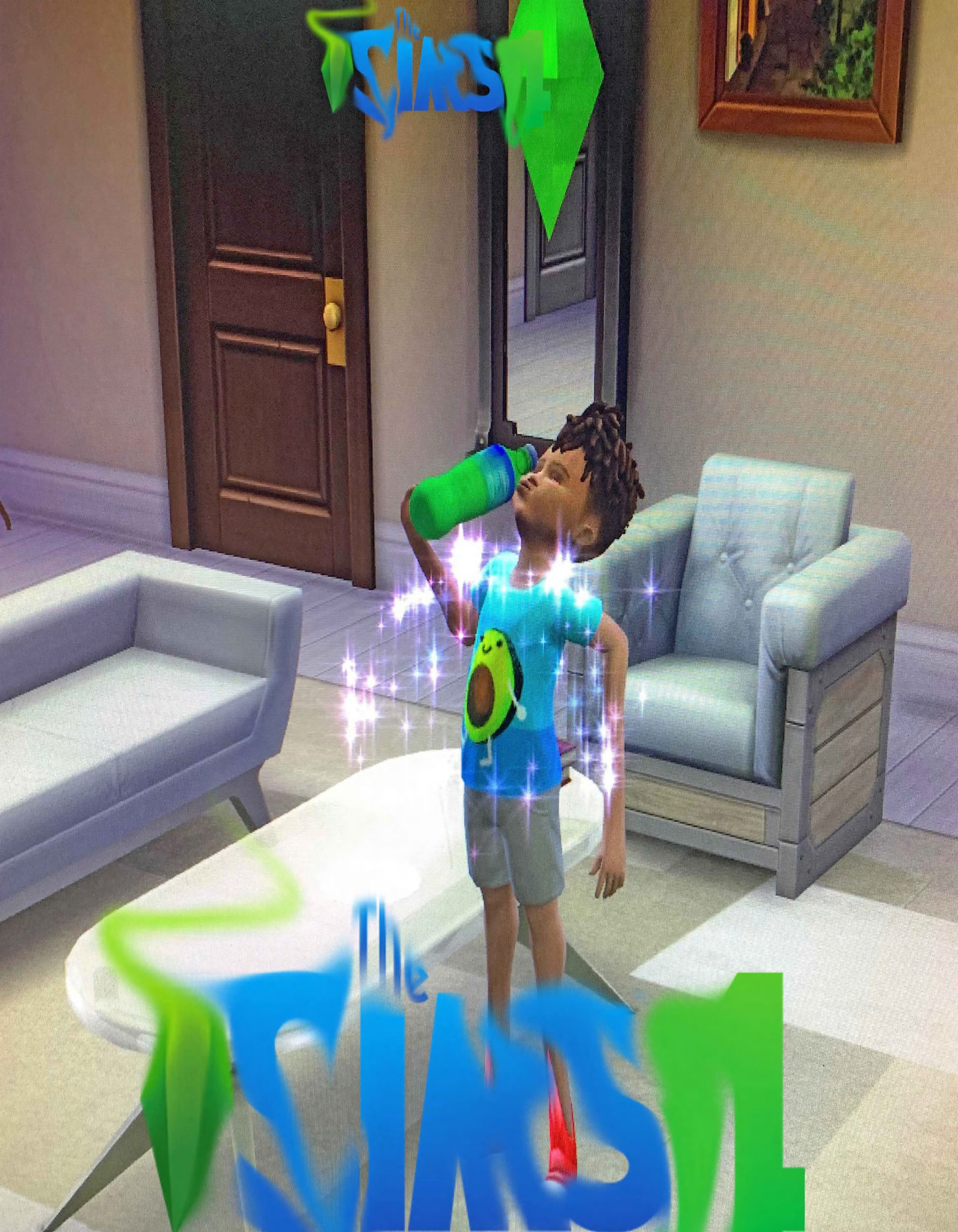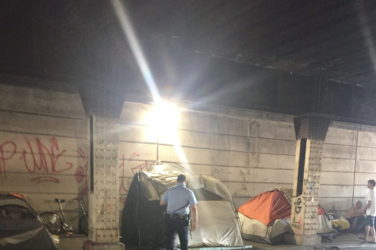Last year, I volunteered at a harm reduction center where fights and cold sweats broke out, war stories and grudges circulated, drugs kicked in, mixed with overdoses, looming dopesickness, boredom induced by daytime TV. The walls were papered with public-health flyers on safer injection, contraindicated drug combinations, infection avoidance.
The storefront station from which volunteers distributed supplies had a manila folder of completed enrollment forms on the back wall, above the desk where a copy of Gabor Maté’s In the Realm of Hungry Ghosts loitered, and on the opposite counter a large white binder of daily log-sheets for syringes, pipes and stems. Matter-of-factly, I asked participants which works they wanted, recorded their information and bagged their goods.
For all the clinical restraint of the center—the emphasis on health, the lack of any drug-related aesthetic—the disorderliness and dark comedy of some drug use still surfaced. I noticed a tension between the respectability and medical validity that staff and participants rightfully worked to maintain, and the colorful excess and scandal that inevitably spilled out, alongside accounts of suffering and trauma.
A new underground magazine disrupts this polarity—between the disorderly, edgy territory traversed in drug users’ marginal narratives, and the responding normative, public-health model. It opens a transgressive space of ambiguity for the representation of drug use, reflecting its decidedly undecided social narration.
Styling the Crisis
The Opioid Crisis Lookbook—published online and in print by Dustin Cauchi, a Maltese visual artist and filmmaker who struggled with heroin and prescription-opioid addiction for nearly two decades—is a seven-section anthology of original and repurposed texts (interviews, fiction, journalism) and an erratic swamp of images and cultural detritus (pharma ads, movie posters, anti-drug propaganda).
The subversive aesthetic unsettles readers’ perceptions, in part, through its emphasis on criminality as a style.
Collectively, the diverse materials compose a broad “depressive pastiche,” in Cauchi’s words. By invoking “lookbooks,” collections of photographs usually reserved for fashion, he indecently projects the crisis’s images onto a format suited for aesthetic judgement. By ditching dominant media representations’ stigmatizing aversion or sensationalism, as well as public health rhetoric’s medicalizing sensibility, Lookbook violates the rules for reading and viewing the crisis, winking to heroin chic and thereby resembling gonzo coverage of an illicit fashion week strutting across the underworld.
The subversive aesthetic unsettles readers’ perceptions, in part, through its emphasis on drug users’ criminality as a style. The first section, “Peak,” reproduces security footage of presumably dopesick masked men robbing banks and pharmacies, presented like pages from the FBI website. However, the snapshots’ lookbook format spotlights the stylistic choices made by the model-robbers: Their masks and hoodies become bespoke garments, the FBI masthead a brand, the security camera an automated photographer.
By daring to look at robberies as catwalks, Lookbook accesses the more unseemly undersides of the crisis in a fashion that repels judgement. The reader doesn’t know whether to laugh at or trend-forecast the Elephant Man mask, or the Scream mask paired with a grey Everlast zip-up, or the face wrapped in bandanas and shades who points his gun while reaching into his Carhartt bag.
What Is a “Drug War”?
Lookbook’s concern for narrative ambiguity takes to task a common word in the drug policy lexicon: “war.” Cauchi writes in his introduction that Lookbook attempts to “[map] out the crisis like you would a war,” and the military metaphor resonates: From the perspective of the user fighting for survival in an indifferent world, Lookbook contains recon, battle strategies and PTSD flashbacks.
Lookbook doesn’t imagine warfare between people who use drugs and the mythical non-using authorities—“I don’t know how you wage a war on your own family,” says drug czar Robert Wakefield in the 2000 film Traffic—but rather represents the web of embattled relations between impersonal institutions (from on-every-corner pharmacies to the Partnership for a Drug-Free America) and the bewildered masses, in which the so-called addict figures as frontline soldier, sustaining injury so the rest of us can maintain our charade.
Instead of a top-down assault on drug users by the state, Lookbook depicts diffuse, horizontal warfare between narcocapitalist goons and a guerilla army of users—PsyOps (predatory marketing) versus direct action (armed robbery). It portrays something like the two-way asymmetrical war between individual opium-eaters and incorporated opium-dealers, an endless and violent drug deal between codependent opponents who can be hard to distinguish (as the users deal and the dealers use), recursively producing “American infinite warfare,” to quote Call of Duty.
Lookbook extends the war metaphor through the example of video games, riffing that “early clean experiences feel like an open world game” and imagining “if the opioid crisis was a video game.” There’s ads for games on outdated consoles throughout, several pages devoted to a strung-out vision of Sims 4, and a virtual walkthrough of a haunted flophouse in Maggie Dunlap’s Bluebeard’s Castle. The video game metaphor suggests the unreality, or dreary gamification, of the drug user’s world, their entry into Grand Theft Auto IRL. An early-aughts ad for Oxycontin (“There can be life with relief”) appears alongside an ad for Playstation’s Wipeout where two teens with bloody noses invite you to “Join the Weightless,” previewing a recruitment ad for the US Air Force that promises, “It’s not science fiction.”
Cultures of Drug Politics, Politics of Drug Culture
By setting the transgression of individual users against the systemic ravages of institutions promising health and relief, Lookbook cuts against apolitical narratives that reduce people to victims of naïve self-indulgence and inevitable deindustrialization. The magazine, writes Cauchi, “is as much about drug culture as it is about the colossal failure of a system that is exhaling its last breaths.” Lookbook moves away from passive victimhood onto spades of delirious disobedience placed within a whistleblowing analysis of institutions that variously sermonize the virtues of sobriety.
Lookbook teases the moralizing redemption narratives that often accompany recovery from addiction. “Meg,” by photographer Rob Kulisek, presents a montage of a raccoon-eyed influencer sulking around a luxury rehab facility in furs and lingerie. Meg may be “getting clean,” but she makes it look like an expensive pose.
If Lookbook is ambiguous about what it believes about drug use, about the natures and nurtures of addiction and recovery, about what it means and what it says sarcastically, it may be because “recovery [like addiction] is as ambiguous as life itself.” The ambiguity-canceling certainty of clinical diagnosis and abstinence-only rehabilitation programs, neatly assigning disorder to users and prescribing one narrow path to recovery, cannot do justice to the individual differences and indefinite possibilities that make up life.
Drug coverage that is too polite and clinical approaches toward addiction that are too orderly risk suppressing the subversive narratives, styles and disobedience that drug use can reveal.
For all the marginality Lookbook represents, it is disappointingly colorblind. Lookbook fails to address the racist function of the war on drug users and the tradition of Black and Latinx resistance, like the Young Lords’ establishment of the first detox program in the Bronx in 1970. The intersectional thrust of Lookbook rests on the belief, noted in Cauchi’s introduction and in his interview with Flash Art, that “the language of pain and misery is universal. It flattens racial, gender, class, and social divisions” and so shatters “cultural and subjective preconceptions of the other.”
It’s true that the crisis penetrates the whitest and wealthiest social strata, and so may create a common language between the privileged and those already made other, but there’s also the language of resistance and subversion for which certain marginalized groups should be credited. Lookbook might have mentioned, for example, the role of queer AIDS activism, specifically ACT UP, in innovating one of the first needle exchanges, birthing the center where I volunteered.
Drug coverage that is too polite and clinical approaches toward addiction that are too orderly risk suppressing the subversive narratives, styles and disobedience that drug use can reveal, while confusing recovery with docile conformism. Lookbook contributors, instead, suggest cultivating drugs’ capacity for “disintegration, disorganization, and irrationalization” and “open[ing] ourselves to our own alienation,” as Belgian Professor Laurent de Sutter says in his interview, “The Age of Anesthesia,” reprinted in the first section.
At first glance, these characteristics seem to be exactly what clinical practice works against. But alienation bears meaningful cultural implications: It might signal not the nostalgic call of a lost world, but rather the imminent necessity of an undiscovered one, populated by versions of ourselves unfamiliar as aliens. The long tradition of intoxicated cultural icons, including those memorialized in Lookbook like Lil Peep and DJ Screw, exemplifies that alienation can open new relations to our own possibility, eliciting faith in what we might be rather than sorrow for what we no longer are.
The funhouse mirror of drug use remains a dangerously powerful way to no longer recognize ourselves, to radically reconsider everything.
All images from The Opioid Crisis Lookbook, courtesy of its publisher, Dustin Cauchi










Show Comments